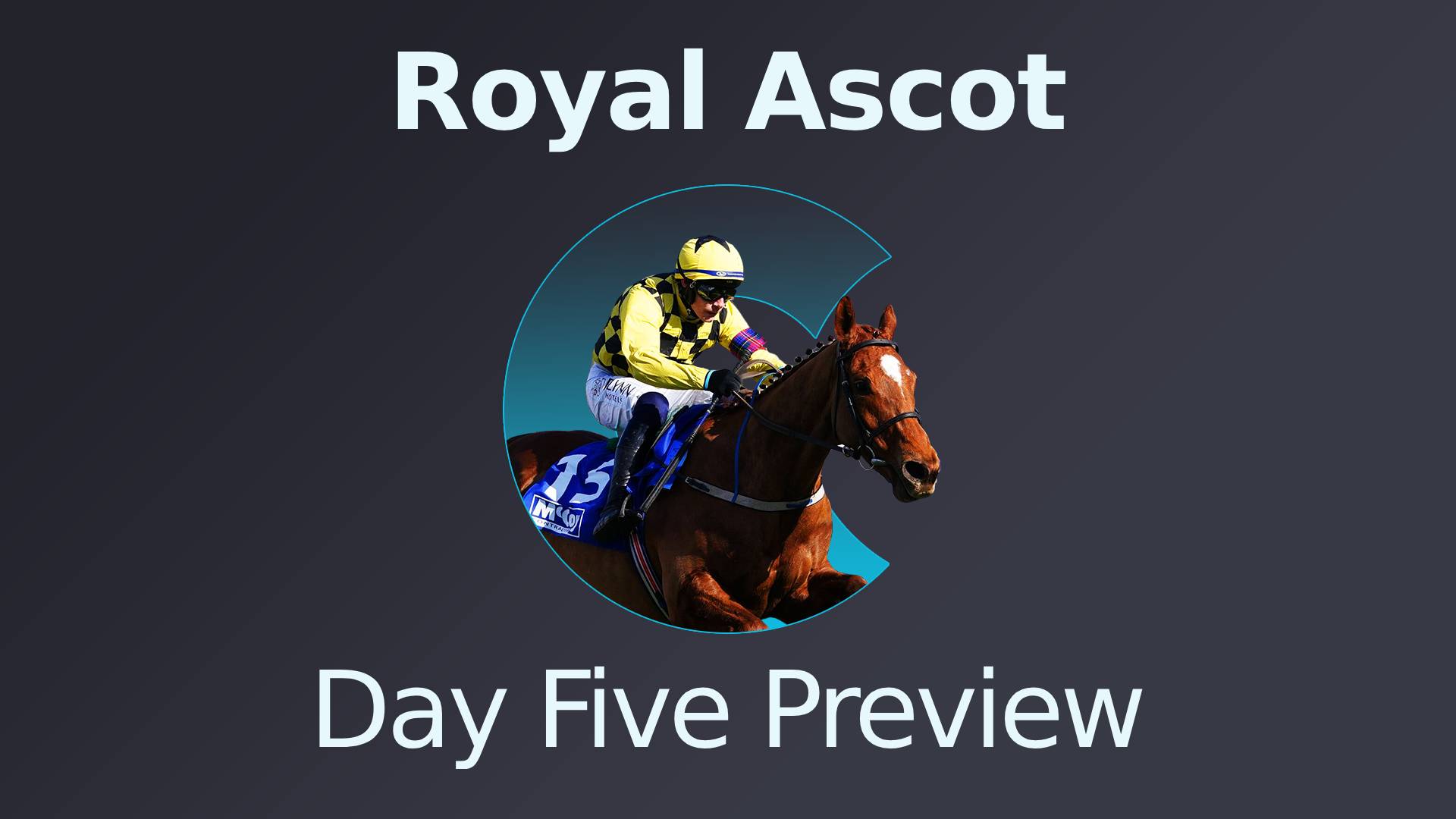All latest news
Featured News
Iga Swiatek bids to win her first Wimbledon singles title on Saturday when she meets Amanda Anisimova in the final on Saturday, July 12, at 2pm. The title match will be shown live on BBC One. This will be the eighth Wimbledon running that the tournament has produced a new champion and the oddsmakers reckon the…
The first edition of the new-look FIFA Club World Cup tournament reaches its finale on Sunday as Paris Saint-Germain take on Chelsea in the final in New Jersey. The Ligue 1 and Champions League winners are looking to end a sensational season on a high note after demolishing Real Madrid in the second semi-final, while the…
Four of the top six seeds have reached the semi-finals in the men’s singles at Wimbledon and the stage is set for a pair of classic encounters on Friday. The action at the All England Club in London starts at 13:30 BST on Friday 11th July and will be shown live on the BBC. Setting…
The Scottish Open, co-sanctioned by the DP World Tour and PGA Tour, is the main attraction this week, with a star-studded cast teeing it up at Renaissance Club in North Berwick (live on Sky Sports Golf). Held at this venue since 2019, this par-70 course measures 7,237 yards and boasts three par-fives, 10 par-fours and…
The usual suspects are present for the men’s singles quarter-finals at Wimbledon with four of the last eight in 2024 back for another shot at the title. Two-time defending champion Carlos Alcaraz remains the man to beat in the bottom half of the draw as he prepares to face former SW19 semi-finalist Cameron Norrie. The…
The Fifa Club World Cup semi-finals take place at MetLife Stadium in New Jersey this week with two tremendous ties in prospect. The first of them sees 2023 Copa Libertadores winners Fluminense take on Chelsea, UEFA Champions League winners four years ago and the reigning Conference League champions. Then the current kings of Europe, Paris Saint-Germain, meet…
The Club World Cup continues over Friday and Saturday with eight teams, including surprise contenders Al Hilal, vying for places in the final four. Al Hilal delivered the shock of the tournament with their 4-3 extra-time success over Manchester City, but they must quickly refocus for a tricky quarter-final against Brazilian giants Fluminense, who were…
The 138th edition of Wimbledon takes place at the All England Club from June 30th to July 13th, with the action available to watch on the BBC and TNT Sports. Spanish superstar Carlos Alcaraz is the two-time defending men’s champion and he will be aiming to become just the fifth player in the open era…
Get your strawberries and cream at the ready because the 2025 Wimbledon Championships get underway on Monday, with the third Grand Slam of the year set to provide two weeks of fantastic grass-court entertainment. Carlos Alcaraz is the two-time defending men’s singles champion, having beaten Novak Djokovic in the finals of 2023 and 2024, while…
The new-look Fifa Club World Cup has reached the round-of-16 stage and the knockout action begins with Saturday’s all-Brazilian clash between Palmeiras and Botafogo. That match kicks off at 5pm BST and there will be live coverage of the eight last-16 ties on DAZN and Channel 5 in the UK.
Royal Ascot comes to its crescendo on Saturday afternoon with the Group 1 Queen Elizabeth II Jubilee Stakes the feature on a seven-race card at the famous Berkshire layout. The headline act on Saturday comes in the big race, where the fastest sprinters in the world will compete, and there are horses from France and…
It’s day four at Royal Ascot on Friday, with a double helping of Group 1 action via the Commonwealth Cup and the Coronation Stakes. There are tough handicaps to come in the form of the Duke Of Edinburgh Stakes and Sandringham Stakes, amongst more, on what should be a thrilling penultimate afternoon. They go to Royal…



















